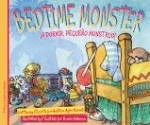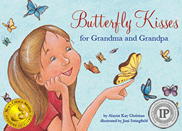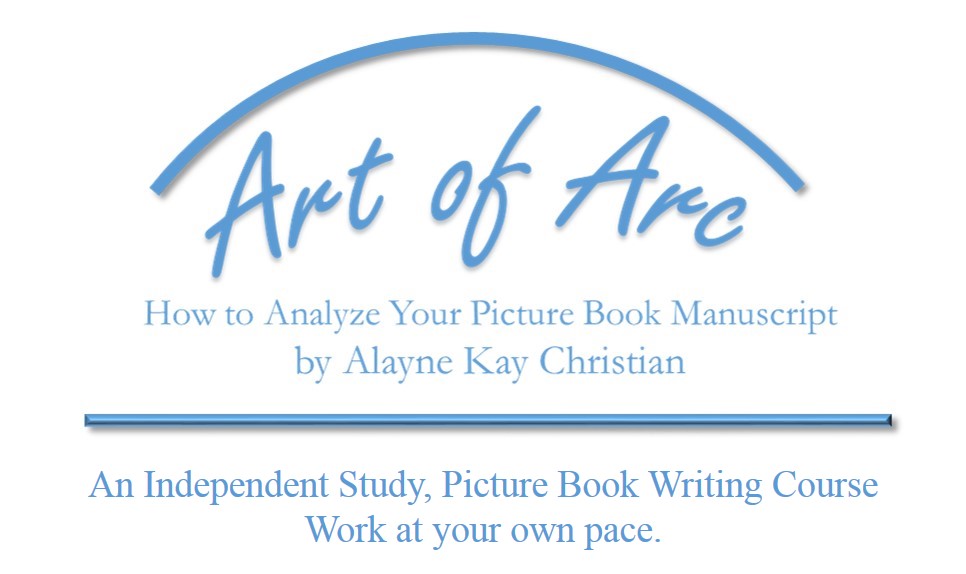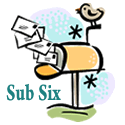The ALL ABOUT SUBMISSIONS series is winding down. Only two more posts before we move on. The final guest bloggers will be Emma Walton Hamilton and Julie Hedlund. They will be joining together to talk about submissions. Beginning in the fall, a team of platform building, awe inspiring, social media mavens will share their knowledge and tips in a Platform Building series as guest bloggers. I will be sharing their names next month. Also in the fall, I will be adding more testimonials and some new advanced plans to my critique service, so keep an eye out for announcements.
Today, author and creator of Sub It Club, Heather Ayris Burnell, shares her tips on writing query and cover letters. A big thank you to Heather for her words of wisdom and for taking the time to write this post.
CREATE A GREAT INTRODUCTION: QUERY AND COVER LETTERS
By Heather Ayris Burnell
Query and cover letters—lots of writers dread them, but I say embrace those words! Your letter is your chance to talk about the manuscript you’ve worked so hard on. It’s time to think like a sales team and feature your work, and yourself, in the best light possible. Nope, no bragging is necessary, or even advisable.
Don’t stress out! Remember, query and cover letters are business letters. Your one-page letter is an introduction to your manuscript and you. Whether you’re sending in an unsolicited submission, submitting after a conference, or following up on a request, you’re going to need one. Make your letter easy to read and to the point. Agents and editors don’t have time to wade through a bunch of fluff to get to what they need to know.
Let’s get down to business!
COVER LETTER OR QUERY LETTER, WHAT’S THE DIFFERENCE?
These two letters can be very similar, but at the most basic:
A QUERY LETTER asks if you can send the work for consideration. It hooks the reader in a clear, concise manner, ideally making the reader want to request the manuscript.
The COVER LETTER is sent with the manuscript. It teases, making the reader want to move on and read those manuscript pages.
THE BASIC PARTS
HOOK – Sell your story in one short paragraph. (My hook is usually 1-3 sentences long.)
SUMMARY – Give your genre and word count. Expound on your story if needed. This is a great place to show what makes your manuscript unique.
BIO – This is about you. Publication credits, memberships to writing organizations, or work in an area that has to do with books can be great things to put in your bio. Unique experience or qualifications that have to do with the subject of your manuscript can be of interest as well.
If you don’t have anything, it’s okay! Don’t force it. Saying your kids love the story or simply talking about yourself in general isn’t likely to help sell you as a writer. A bio is not a 100% requirement in your letter. If you wow someone with your hook, it won’t matter much what your bio says.
I have read of agents who like to see all sorts of things in bios from the fact that you belong to a critique group to clueing them in on your online presence. But, there are definitely preferences on this. It is always a must to research whomever you are querying! Often times, you’ll discover partialities. If not, go with your gut.
Just be sure to keep your bio short and to the point!
PERSONALIZATION – Why did you choose to send this particular letter about this particular manuscript to this particular person? From something you learned via Twitter that made you choose to submit to comparable books you found while doing research, personalization can be tough, but it can go a long way and shows you are dedicated and educated in your craft.
Again, don’t force it. Personalization is not a 100% requirement. A factitious reason for submitting your work is worse than none at all.
CLOSING – Thank the person reading the letter for their time. Tell them what’s enclosed (cover letter) or ask if you can send the manuscript (query letter).
THE FORMAT
Letters should be one page or less, usually consisting of 3-4 paragraphs, the shorter and more concise the better, of course.
What is the #1 most important thing that the person you’re sending your letter to should read? That is what you want at the top, first paragraph.
If you have a connection from a conference or contest, a manuscript request, or just a really great reason for asking for your work to be considered, putting it front and center can grab the reader’s attention and keep them reading on.
Just have a regular reason for submitting, such as thinking your book might fit their style? Starting off with your hook right from the beginning is a great way to go.
Either way, get to the point. You have seconds to grab a busy agent or editor’s attention with your letter.
DO:
Show not tell. Just like in your manuscript. Create a visual for the reader.
Keep your letter to one page.
Learn the correct format for both paper and email queries.
Address your letter to an actual person. There is a rare .001% of the time, usually at publishing houses, where you cannot find a name of any actual person or are even told to sub to “The Editors”. It’s okay to do this if you absolutely have to.
Have someone else look over your letter. The person you’re submitting to won’t know your story. You want it to be clear to someone who doesn’t know it like you do. Getting your letter critiqued will help you make a strong presentation.
Proofread your query more than once before sending. Reading out loud helps catch mistakes.
Submit to more than one agent or publisher at a time (unless an exclusive is specified in the guidelines). Hearing back on submissions can take a very long time. Keep moving forward!
DON’T:
Write your query as your character.
Worry about the type of paper you use for mailed submissions. Clean, white printer paper is fine. If you want to spend more on high quality paper that’s fine too, just don’t use colored or patterned paper. It’s your letter you want them to take note of!
Resend your query because of a tiny mistake you didn’t catch before you sent it.
Waffle. Know your story. Your genre. For example, don’t offer to change your picture book to a chapter book. If changes are wanted, they will be asked for.
Put sticky notes, photos, or any other sort of extra to “personalize” your query. Everything the reader needs to know to make a decision should be in your letter.
REMEMBER
Creating your letter takes time. Most likely more time than you feel it should! Personalizing each submission takes time. Don’t rush it. You only have one chance to submit your work to someone; you want to make the best presentation possible.
Studying letters that worked is helpful when creating a great query or cover. There are many variations, but one thing stays true, the letter serves to sell the story. Check out the Query Letters That Worked at Sub It Club for some examples of letters that sold manuscripts.
You’ve worked hard to create the best manuscript you can. You need to work just as hard on your query letter. You can do it, you are a writer!
 ABOUT HEATHER
ABOUT HEATHER
Heather Ayris Burnell loves writing query letters and she loves helping others with them, that’s why she created Sub It Club where they talk about all things subbing and share cover and query letter critiques in their private Facebook group. She also does query and picture book critiques, as well as private consulting with writers to help them figure out the ins and outs of publishing, submitting in particular. She is the author of BEDTIME MONSTER published by Raven Tree Press and is represented by Sean McCarthy Literary Agency.
You can find Heather on her blog, where she curates the Monster List of Picture Book Agents, on Twitter @heatherayris, and on Facebook.
BONUS LINKS FROM ALAYNE
Note: These days, many people use the term “query letter” for both a “true” query letter and a cover letter. As Heather pointed out, technically, there is a difference. Make sure when you read the following posts that you are researching the one you really need for your submission.
Heather’s blog post on Picture Book Manuscript Formatting
Harold Underdown Query Letters That Worked and Cover Letters and Query Letters
Writing Picture Books for Children Writing a Cover Letter and Sample Cover Letter
Rob Sanders Hovering Over Cover Letters
Query Shark Revising Query Letters so the Actually Work
Kathleen Temean Successful Query Letters and Writing Examples
Children’s Atheneum Query Letter Woes or Writing an Honest Query Letter
Carol Brendler (Emu’s Debuts) The Only Way to Write a Query Letter
Writer Unboxed, Chuck Sambuchino, Query Letter FAQs
Jessica Schmeider Query Workshop part 2 of 5 – Find Links to the whole query workshop here
KIDLIT411.com Submissions: Agents and Editors









